Hidden Honshu: Mikuni
| Travel Reports by mfedley | view profile of mfedley |
| previous post |
| next post |
| Note: The opinions and views expressed in this user report are those of the individual author and do not necessarily reflect the opinions and views of japan-guide.com. |
July 12, 2018 - Hidden Honshu: Mikuni
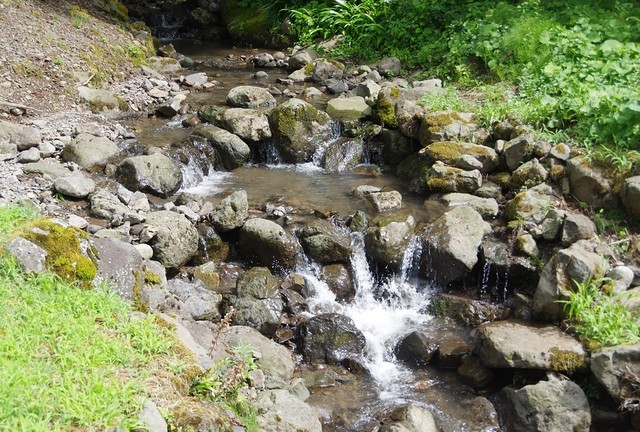
For my thirteenth day in Japan, I made my way to Mikuni which used to be an important shipping port between the 1500's to 1880's, Mikuni is found in Fukui prefecture and it's now known as a sleepy seaside village home to a large number of Japan Heritage buildings and National Treasures.
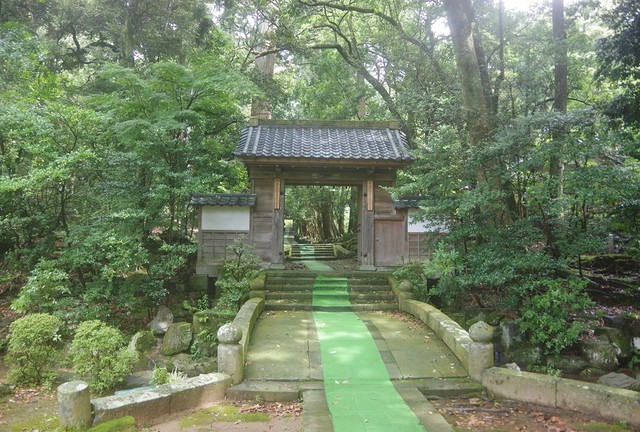
My first stop for the day was Takidanji Temple which is a part of the Chisan Sect of Shingon Buddhism. It costs 500 yen to enter and it's home to five objects/buildings/gardens of National Significance. It should be noted that a very informative pamphlet is given to you in English.
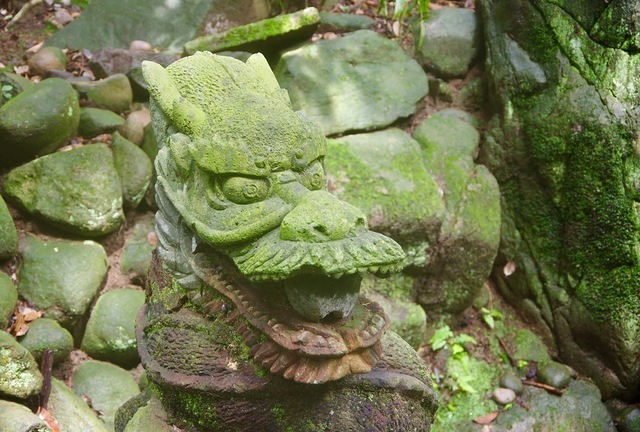
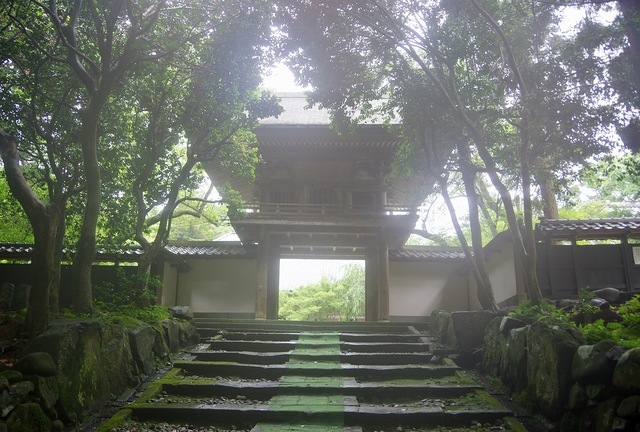
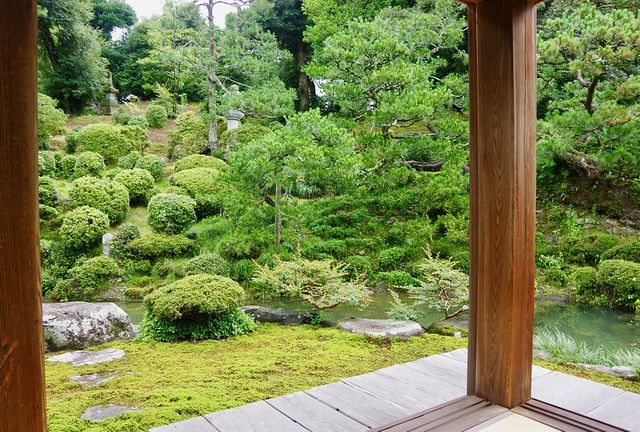
Once you enter the temple, you will be shown around the main buildings by a person who explains the history of the temple in Japanese. This takes around 10 minutes and includes a fair number of buildings. If you don't speak Japanese, they will continue to speak Japanese slowly and then point to particular objects/locations on the pamphlet which explains most things. The photo above only shows a part of the garden, but it's seen as a Nationally Designated Place of Interest.
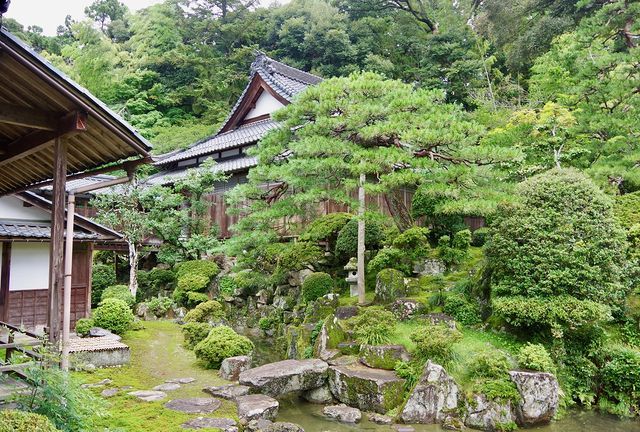

It should be noted that some of the treasures inside the halls are quite spectacular and I was too apprehensive to ask if I could take photos inside out of fear of offending. They do remind you of major temples in Kyoto.

This shrine is over 600 years old and is considered an Important National Cultural Property. It's quite impressive close up when you look at the detail in the carvings.
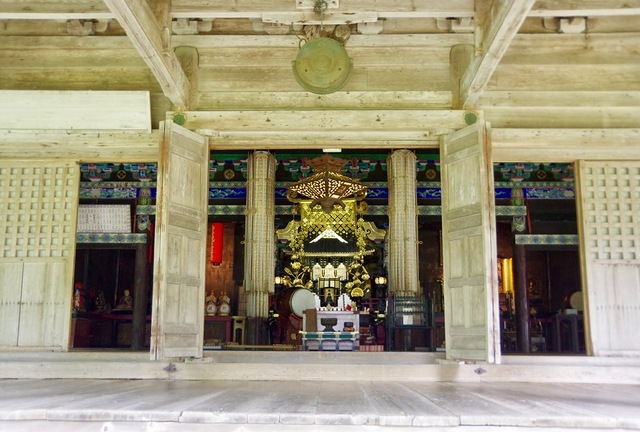
A photo of inside one of the main halls. Note that brightly colored carvings on the wall which are not that common in Japan. It's almost more like what is seen in Korea - but I'll leave that up to your imagination.
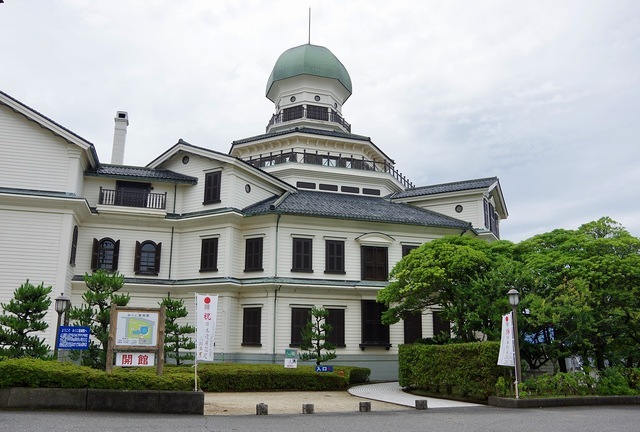
My next stop was the Mikuni Ryushokan, which is also known as the Mikuni Museum. This impressive building used to be an elementary school but it was moved onto a hill in 1981 when it became the local history museum. It costs 300 yen to enter and it's also a National Heritage Building.
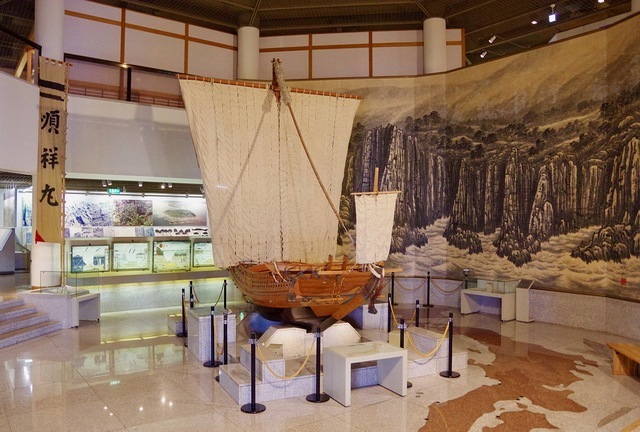
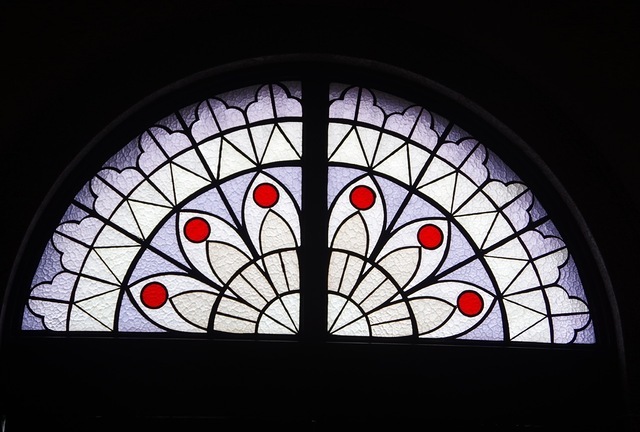
When I visited, the lift was broken and the AC was also broken which was quite rare for Japan. As such, the people at the front office were highly apologetic. Note that this museum is bigger than it looks and is spread over 4 different floors. Some exhibits are average and some are quite interesting.
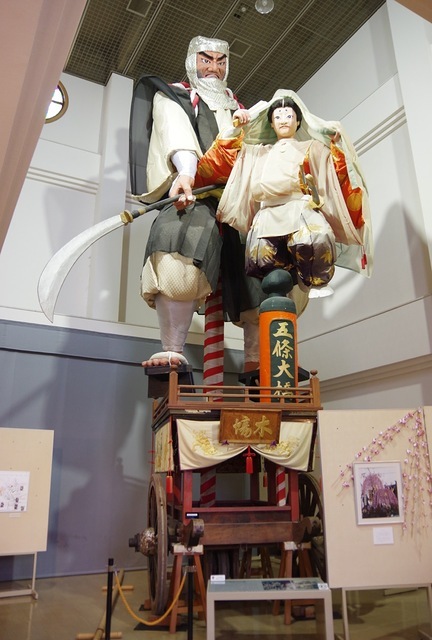
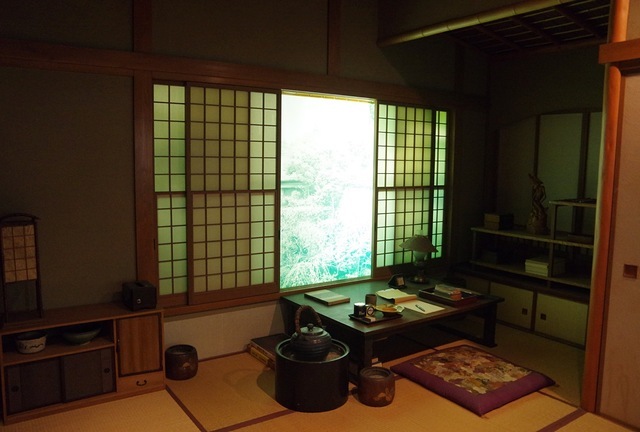
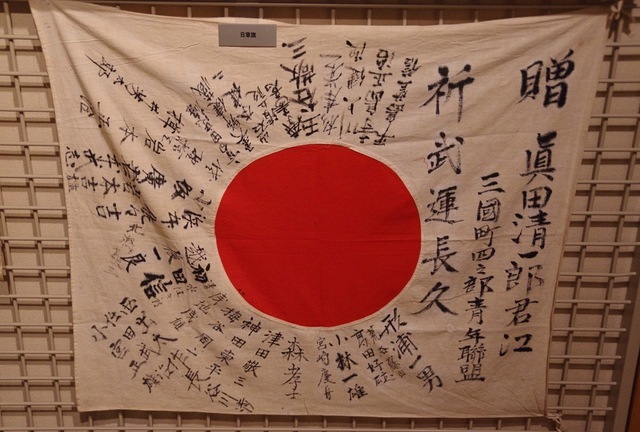

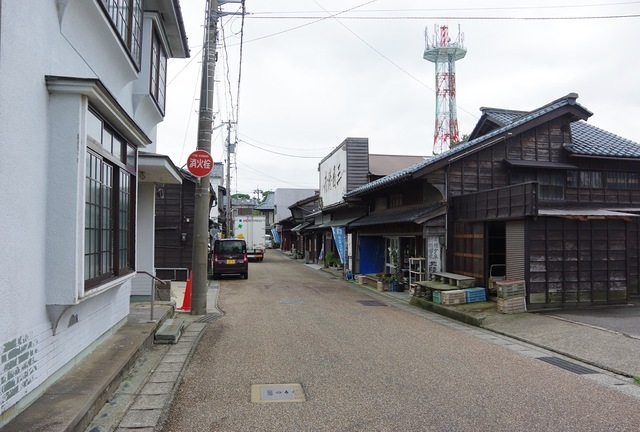
As Mikuni used to be a fishing village of some prominence, there are still a fair number of residences in the area and English explanations in front of many historical locations can be found. It can be seen that Mikuni has set itself up for Western tourists, but they have not made their way here yet.
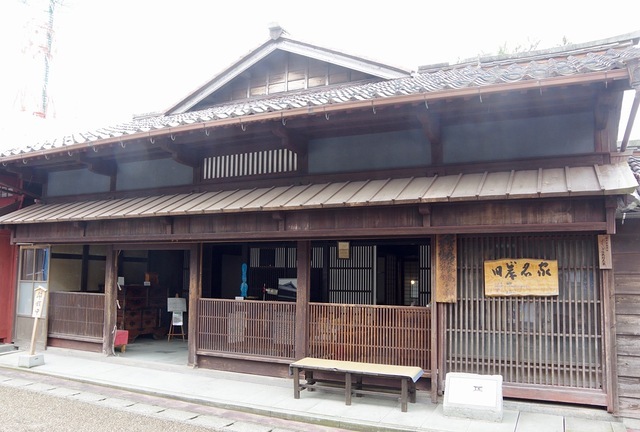
My next stop was the Kishina Residence which is also a Nationally Recognised property. It costs 100 yen to enter or 200 yen with a combo ticket to a location around the corner where explanatory movies of the local area are shown. Note that they are recently made and include detailed and interesting English subtitles.

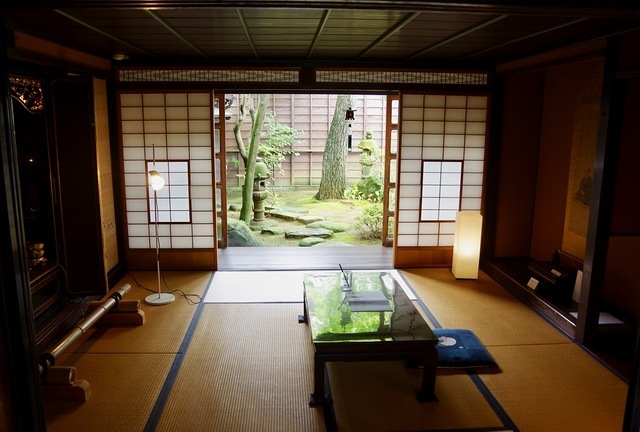

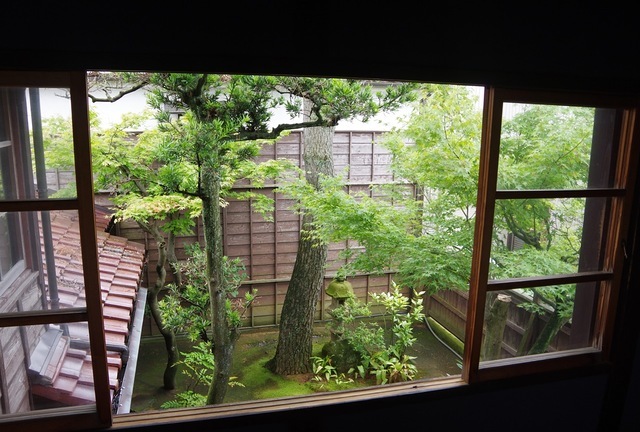

Located right next to the Kishina Residence is the local tourism office which includes a highly detailed and helpful map which shows what there is to see in the local area (including the history of what you are looking at). This map is in English and Japanese.
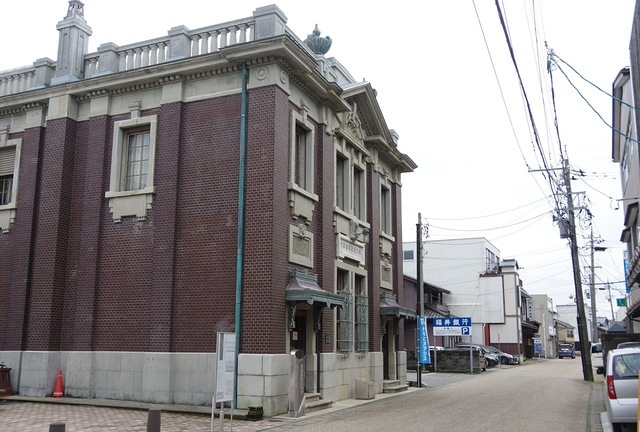
The Morita Bank is free to enter and is quite pretty. It feels as though it's been taken out of a history book and the areas which looks as though they are marble are actually plaster.
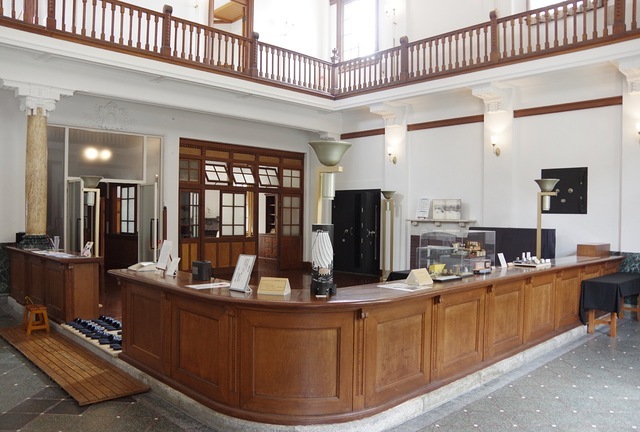

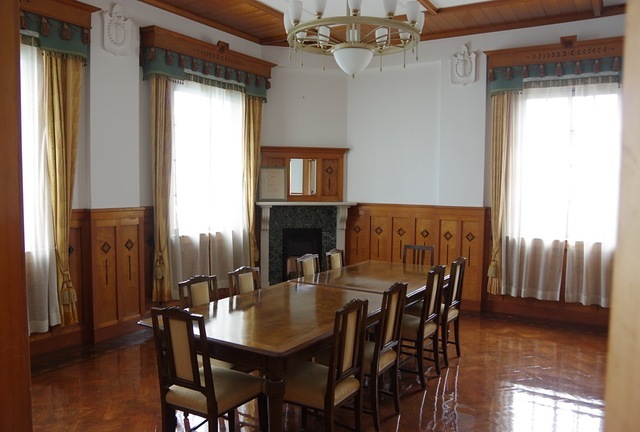

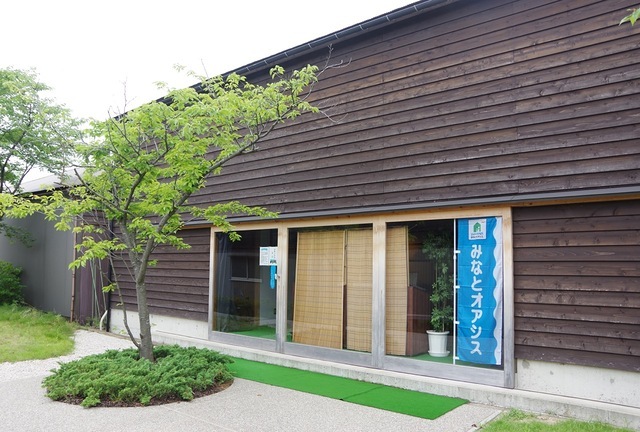

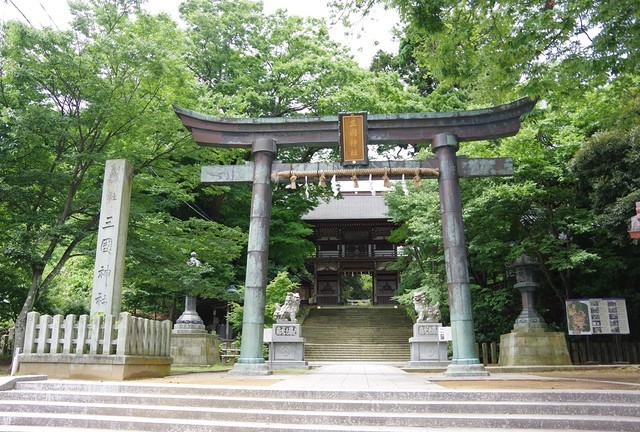
My next stop was the impressive Mikuni Shrine which is a bit more grandiose than a normal local shrine. The size and detail of the buildings and works are mainly due to a patron who wanted to get locals working during times of economic hardship over 100 years ago.

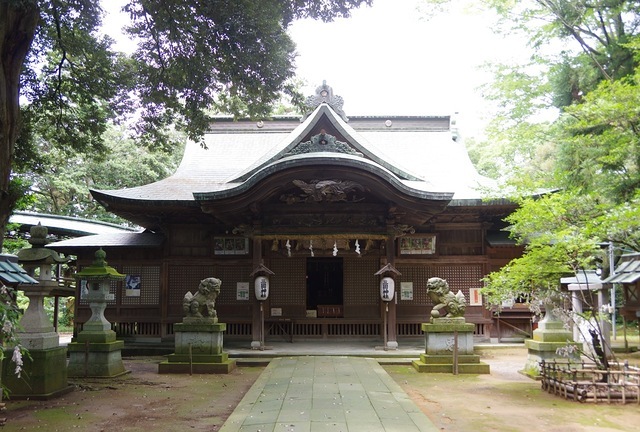
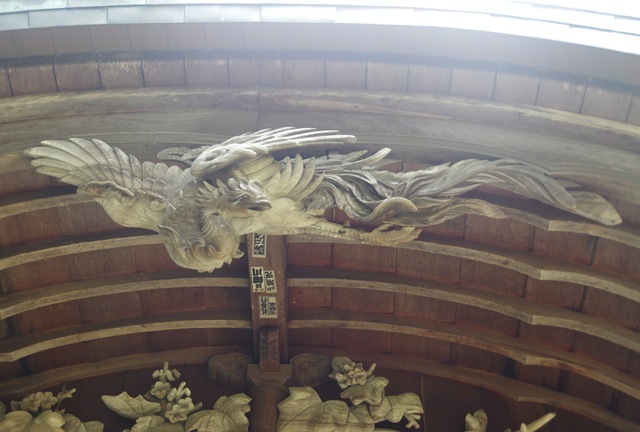
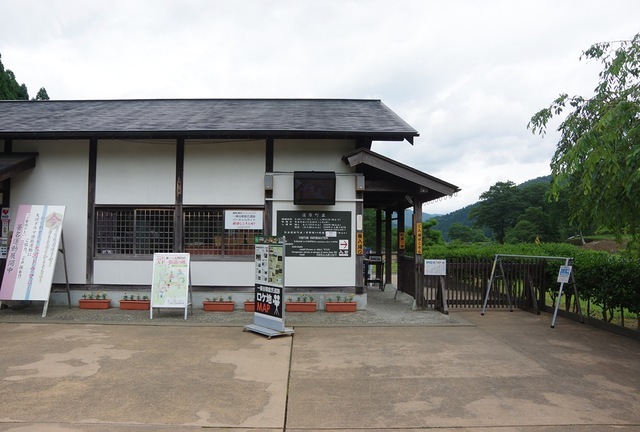
My last stop for the day was the Ichijodani Clan Ruins which are roughly 50-60 minutes drive from Mikuni. It costs 210 yen to enter the recreated town or it's free to walk among the ruins to your hearts content.

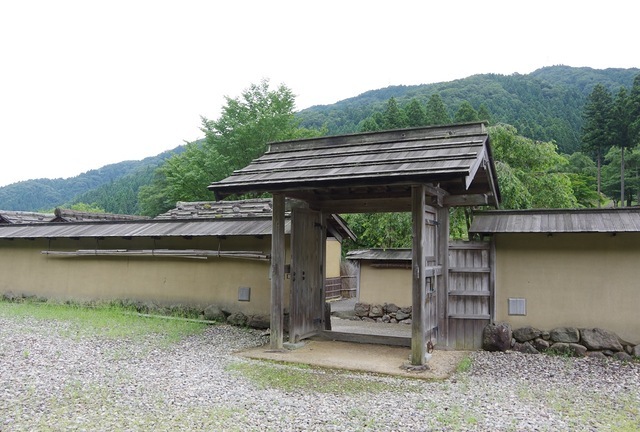
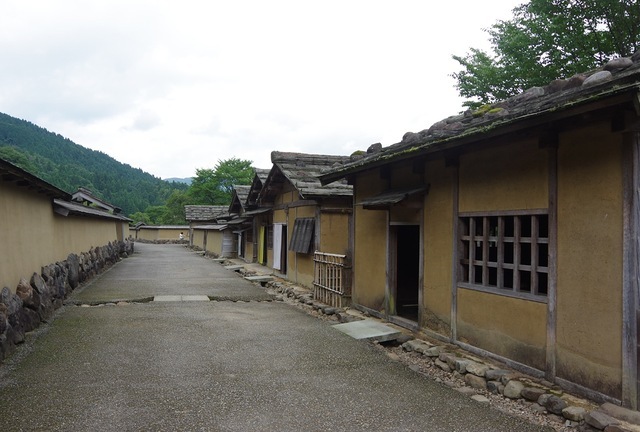
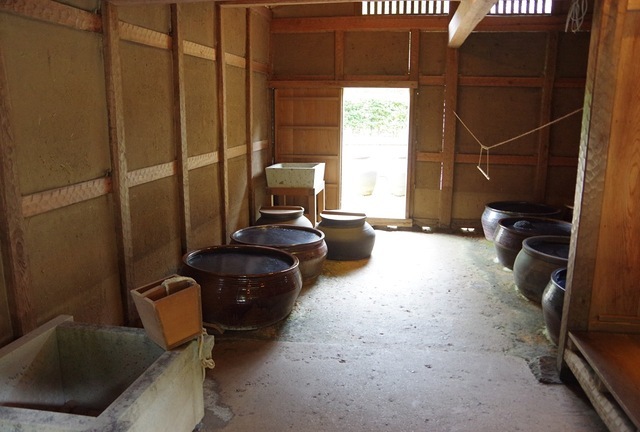
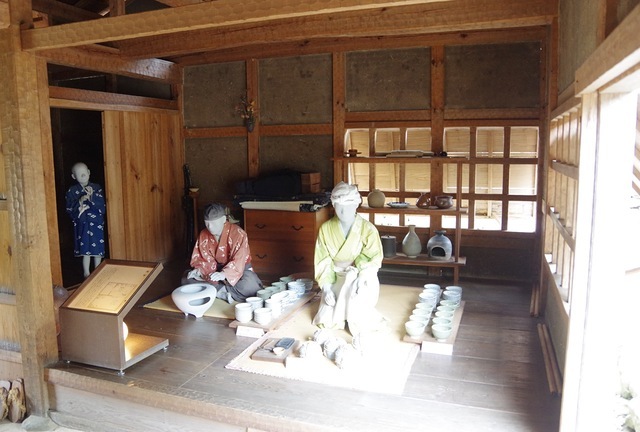
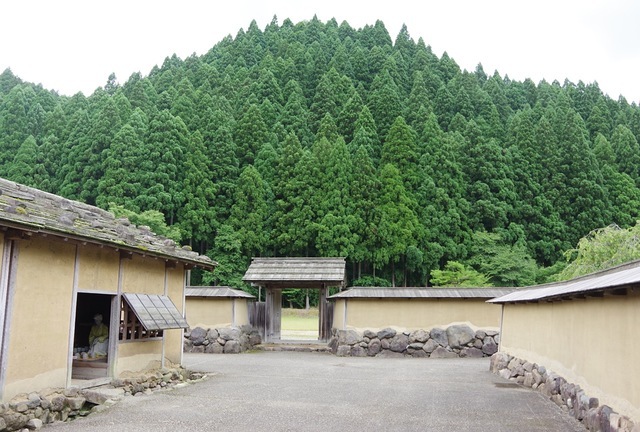
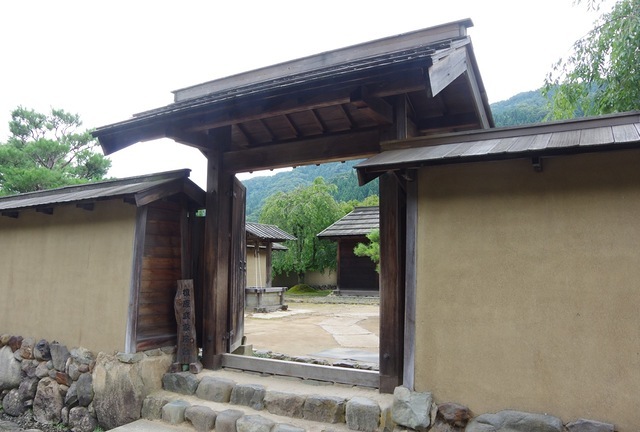


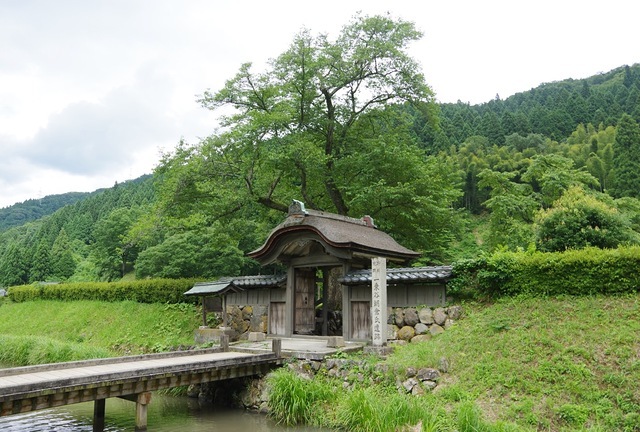
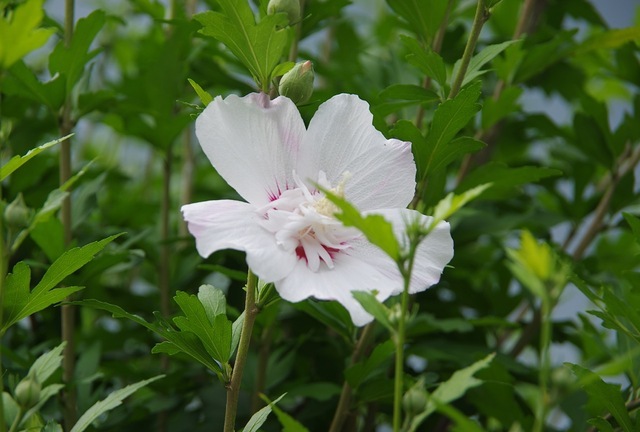
After the disappointment of Kanazawa, I did not have much expectation for Mikuni but it ended up being a high quality little town that I had never heard of. Note that even the local restaurant I visited had an English menu which I did not expect. My definite highlight for the day was the temple which is probably my favourite for the Chubu area. There were also plenty of other locations to visit which I missed due to timing. For tomorrow, I will be driving from Fukuyama to Yonago which is next Matsue in Shimane/Tottori Prefecture.
Further Information:
Mikuni Tourism Office: http://www.mikuni.org
Mikuni Shrine: http://www.mikunijinja.jp (Japanese)
| previous post |
| next post |